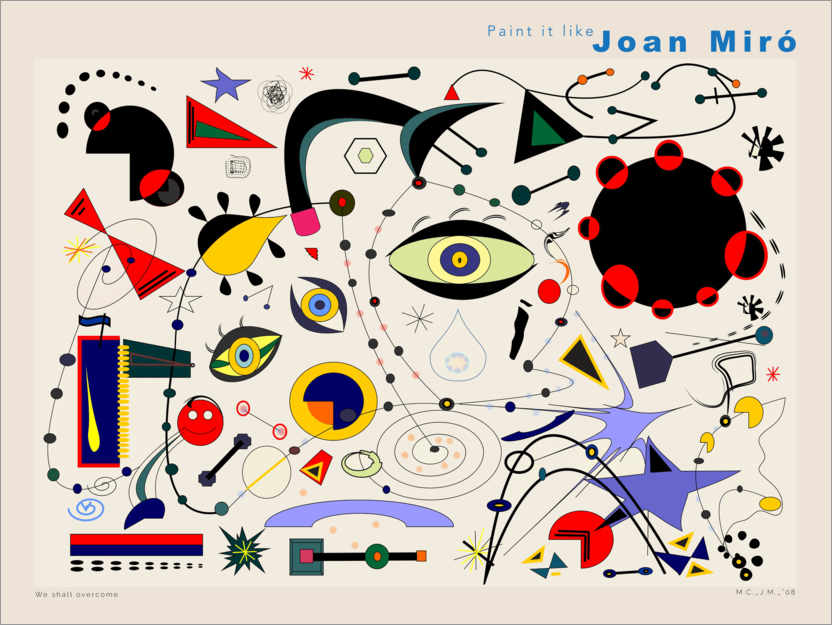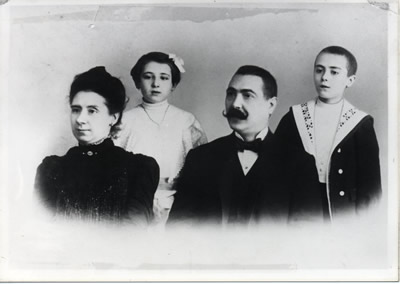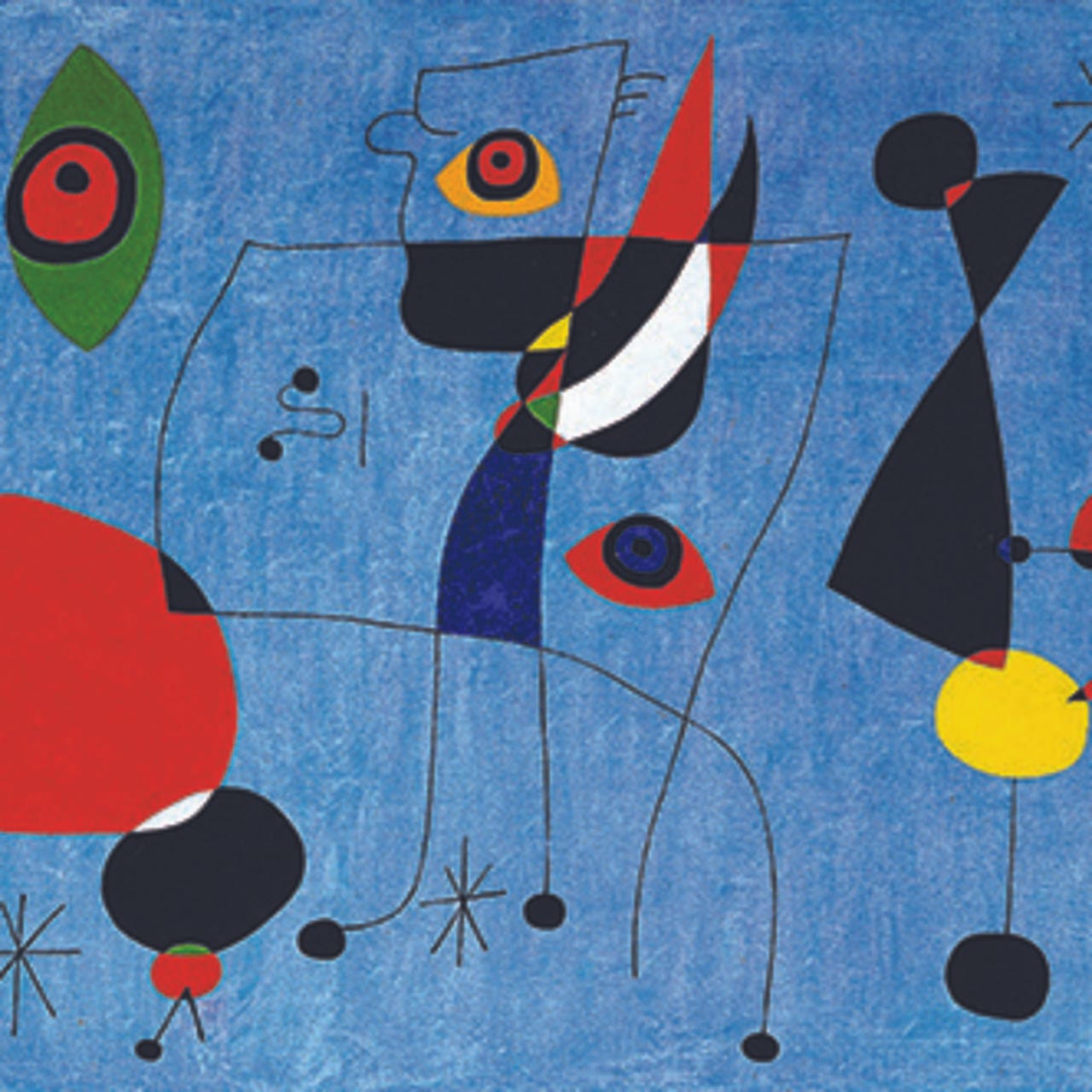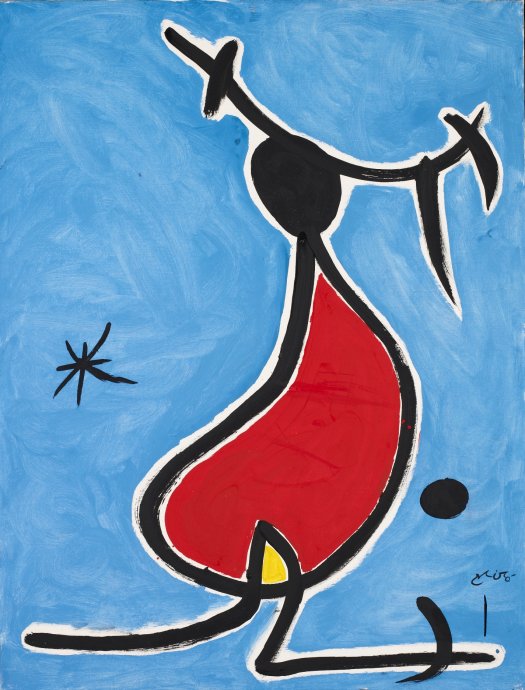Joan miro - Joan Miró’s The Reaper: A Political Education

Recent Posts
- Till we meet again showtimes
- 12oz to ml
- Mrt putrajaya
- Quizizz create
- Warung nasi kenduri kahwin
- Kkm cadang pkp
- Tokyo olympics basketball schedule
- Pray for rayan
- Eschool chung hua klang login
- Tower defense simulator codes 2021
- Belimbing dalam bahasa arab
- Harga emas 916 poh kong hari ini 2021
- Bayaran bsh fasa 2 2021
- Kgb wb share price
- B40 查询 2021
Joan Miró’s most impressive ceramics & murals
In 2013, a group of restorers relocated the work to a heritage center.
Picking up one vase, Miró started to paint it directly on its surface, while Artigas produces a series of special glazes for him to use.
One such painting, , showed a transition to a more individual style of painting and certain nationalistic qualities.
UNDERSTANDING JOAN MIRO ICONS
In 1926, while collaborating with Max Ernst on designs for a ballet they pioneered the technique of grattage, in which pigment is troweled onto the canvas and in 1928 Miró began executing his first papiers collés and collages.
In Harlequin's Carnival 1924—25 , there is a clear continuation of the line begun with The Tilled Field.
During this period, he was also prone to experimenting with many other art forms and mediums of expression.
- Related articles
2022 mail.xpres.com.uy






























